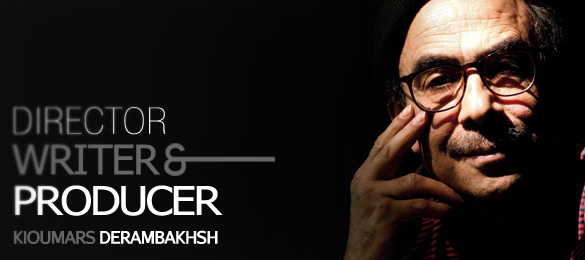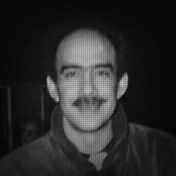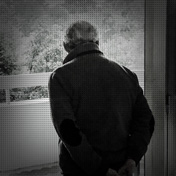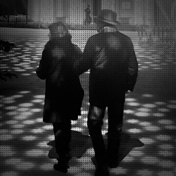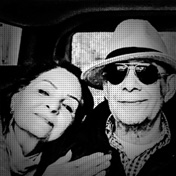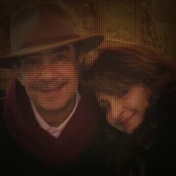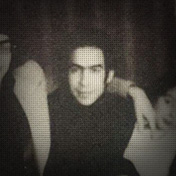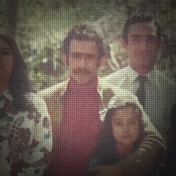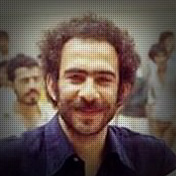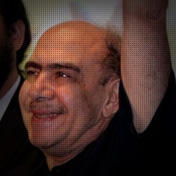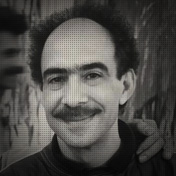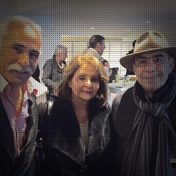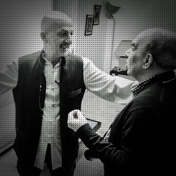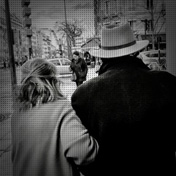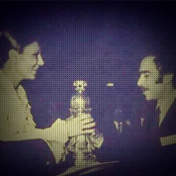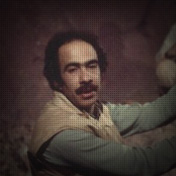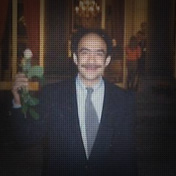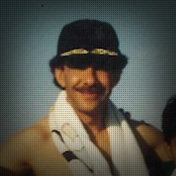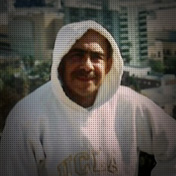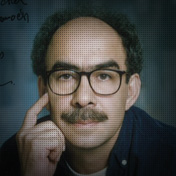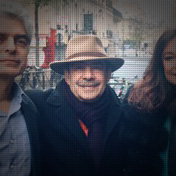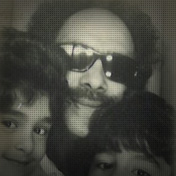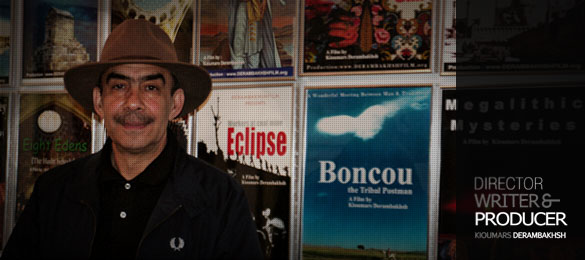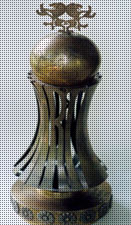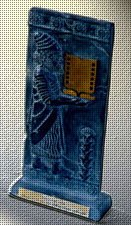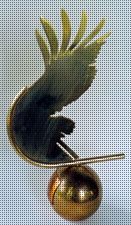-
Ascension (Rising to Heaven)
year: 2005 / 85 min
In the modern world, ancient nomadic tribes are near annihilation and most of them have given up their nomadic habits for being settled on a piece of land. This film is a documentary about customs and rituals of Shahsavan tribe that lives in northwestern part of Iran in a nomadic way and leads a living through raising sheep and grazing animals. On the foots of 4,800-m Sabalan Mountain live nomadic people who are shepherds and speak Turkish. This current film, in fact, is an inside look at the life of a shepherd who has no choice but to take refuge in a cave after he loses his beloved girl, his mother, as well as the flock he was supposed to graze. Soon he makes the acquaintance of an astronomer who has come to study a 6,000-year-old Stonehenge in that region and the subsequent friendship leads to a great development in the hopeless and desperate life of the shepherd; a development which culminates in his ‘ascension’. The film takes us along 180-km path of the tribe’s immigration, which takes place every year, to make us familiar with their customs, rituals, marriage ceremony, as well as occupation of tribal women
-
The Color of Blood is Red
year: 2005
This is my habitat. My generation grows up in forest. We form families, bear offspring and fall in love. Our voice is the song of the forest.This is a picture of my ancestors on a stone. The picture has been drawn thousands of years ago when we were friends with human beings. People at that time did not kill us for pleasure, but they killed a few of us only to survive. They did not mean to make us extinct. We coexisted with humans in forests. Today, however, I am going to be killed not for survival of humans, but because they enjoy to kill me. If you don’t believe me just listen to hunters who carry guns with telescopes and sharp knives.It was a good time when we lived freely in the forest. Everything was beautiful and safe until civilized men carrying guns with telescopes came into the forest. It’s very bad… because killing me with such a gun is very easy… an unequal duel.The men who come into the forest have everything; from bullets and sharp knives to clothes, which are the same color as the forest and it is hard to see them. They are not like us. My long horns that were once bestowed upon my by Nature in order to defend myself are now a big trouble because they make me be seen anywhere I go, just unlike hunters.Today is a feast for humans.Local people are skilled in arranging a bonfire. I am to be roasted on this fire today… It would be a good roast. First my liver and then other parts of my body will be eaten by humans.The smoke from the roast will spread in the forest and linger as the only memory of meThe color of my blood is red just like human blood… Today the sole similarity between us and humans is the color of our blood… But this common color is no longer a reason for friendship with humans… Our blood is spilled very easily and pours into streams and rivers to reach oceans and fade in the course of history. Tell human beings not to kill us. The color of blood is red; be it a human or a deer.
-
Megalithic Mysteries
year: 2005
Civilizational relics of primitive, prehistoric man in Bourazman
region of Ardebil province(Iran). Bourazman means ‘Don’t go there’ |
in local dialect. Between 10,000 years and 6,000 years before Christ
the inhabitants of this region cut stone structures which are known
as Stonehenge. The biggest of such structures is Kerloas Stonehenge,
which is 12 m high and is located in Plouazel region of Finister
province of France. The stones in Bourazman region are oriented
toward the sky and their position has been determined with accuracy
according to mathematical, geometrical, and astronomical calculations.
Most of those stones are inscribed with the picture of a woman carrying
a sword around her waist. The inscription indicates the strength of women
at that time as well as the advanced art of stone inscription some 6,000 years ago.
-
Meeting Jesus Christ
year: 2005
A historical journey on the identity of Christianity
in Iran in which every work of Christian
architecture along the Silk Road had been registered.
-
Boncou, Tribal Postman
year: 2005
Boncou, an 11-year-old boy from Qashqai tribe, takes charge of distributing and reading the letters of tribal nomads
after his teacher father takes a trip to Shiraz.
Gradually, an emotional bond is established between him and tribal people.
The tribe of Qashqai is one of the southern tribes of Iran whose language is Turkish literally Qashqai means
white horse year by year, it decreases in number and encamps in its twill grit.
Woman is still the soal of tribe's Glory and keeps bearing the load of a huge heritage throughout
routs of disappearance during centuries.
-
My Heart Bam
year: 2005
Bam is located in kerman province. Bam is a subordinate of Kerman. It is bounded on the north by Kerman and Lut Desert, on the south by Barez mountains and Jiroft, on the east by Sistan-Va-Balouchestan Province, and on the west by Baft and Bardsir.Bam's population stands at 198,435. Bam is an ancient city, its construction attributed to Bahman Esfandiar. Most of the country buildings have remained intact. The narrow alleys are the symbol of an old structure, and speak of a long history. North of the country lies the historical fortress of Arg-e-Bam.The citadel consists of two sections: the residence of statesmen and , headquarters, and the residence of peasants and workers.the Arg-e-Bam military fortress was constructed some 2000 years ago, on an area of 6 square km. The citadel was made of mud brick, and consisted of government headquarters, bazzar, the peasant's homes, jail, stable, towers and ramparts.
-
Soil & Silk
year: 2005
Here is the East of the Paradise where gardeners of the desert,
the sedert, the carpet-weavers, inspired by the desert flowers, depict the pictures,
The fult of design carpets recik poems from Paradise.
The gardeners, the architects, and the weavers, all create there
works with hteir poetic feelings and imagination.
To the Iranians, a hidden power helps the Earth flourish,
and lead the man in his long, dangerous journey towards perfection.
They spread sil gardens under the feet of those who like.
One can find tranquility. In these gardens. He can sit down under the trees,
listen to the song birds, and relax by the cold fresh springs.
